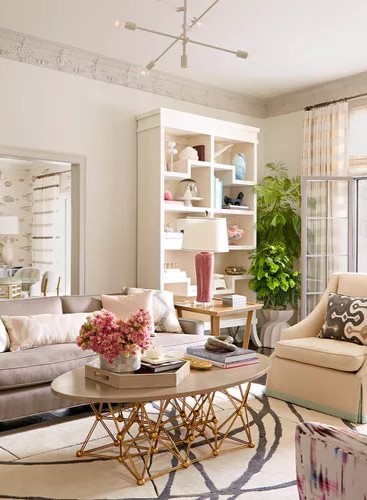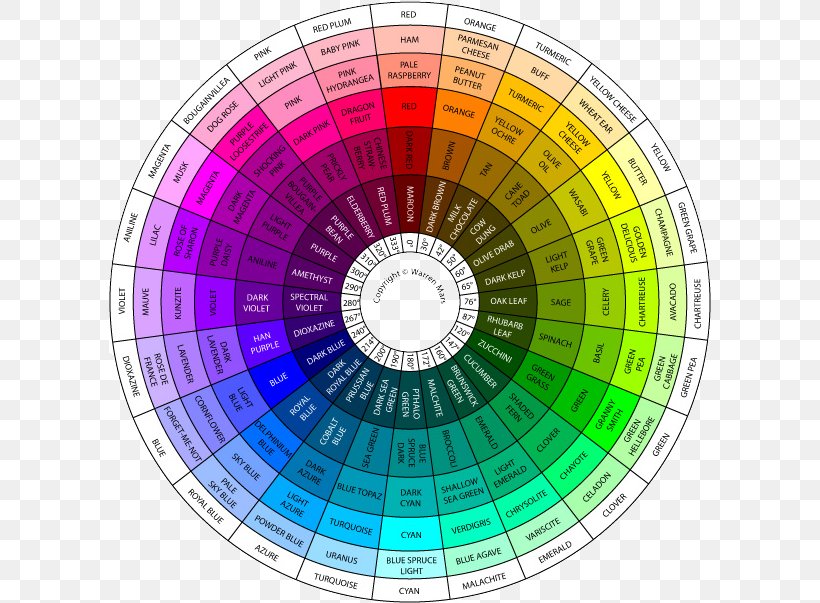Table Of Content

A monochromatic color scheme is created by using different shades, tints, and tones of a single color. This color scheme is perfect for those who prefer a subtle and sophisticated look. For example, a monochromatic color scheme in blue can include light blue walls, navy blue curtains, and a blue area rug. The color wheel is a visual representation of colors and their relationships to each other.
Task lighting vs ambient lighting: What is the difference?
It can help you choose colors that work well together, such as complementary colors or analogous colors. By using a color wheel, you can create a harmonious color palette that is pleasing to the eye. Color theory is the study of how colors interact with each other. In interior design, the basic principles of color theory include the color wheel, color harmony, and color psychology. Understanding these principles can help you create a cohesive and visually appealing color scheme in your home.
5 color lessons for 2024, according to interior designers - Homes & Gardens
5 color lessons for 2024, according to interior designers .
Posted: Wed, 06 Dec 2023 08:00:00 GMT [source]
Color Mixing

This option is quite acceptable, the most important thing – do not forget that you have to maintain the proportions of colors, and there can’t be two dominants in this case. All three achromatic colors are actively used in interior palettes and can act as the main ones. In this case, complementary colors to them are selected according to the principle of complementarity or from an analog palette.
Split complementary color schemes

All are framed and grounded with strong black lines and pale cream walls. When asked to describe California's decorating style, the word cool comes to mind. It's true the Golden State has perfected the art of creating effortless and easygoing interiors, but there's so much more to it.
Use color based on emotions
Alternatively, an analogous color scheme using hues of green and blue can create a calming and cohesive look. The color wheel also aids in selecting accent colors, ensuring they harmonize with the room's overall palette. Split complementary colors are a variation of complementary colors that provide a more nuanced and balanced approach to color schemes.
Finally, a knit throw and woven rug add textural variety to the narrow color scheme. The look is softened by the curves of the dining table and chairs. If your site is outgrowing shared website hosting it’s time to consider opting for a more robust hosting solution.
Color wheel: interactions and basic combinations
People often design various parts of their homes in different color schemes to create varied ambiances and moods. For example, they use lighter colors to create a calm and open feeling or darker colors to make a bold statement. Color psychology is the study of how colors can influence our emotions and behaviors.
An example is a flowering plant that has bright green leaves and bloody red flowers. Another example is purple, blue, orange and pink which can be found in a bird’s feathers. Although these colors do not really fit in a specific scheme, they fit well together and create a beautiful harmony of colors. Complementary colors sit opposite each other on the color wheel. These colors, when paired together, bring out the best in each other. Examples of complementary colors are yellow and purple, blue and orange, and red and green.
What Are Complementary Colors Color Theory
SSD VPS is a cloud based solution built on solid state drives, which are designed for speed. FK Interior Design's mission is to create spaces that are functional, inspired and uplifting, that promote productivity and wellness. However, even more broadly, this is an integral part of our life. This is the mood, emotions, and attitude to the world around us. That is why selecting an interior palette is often decisive in designing and decorating a house or apartment.
The true magic happens when you start applying it to your own space. Choose a room in your home, pick a color scheme, and start experimenting. Test your colors, adjust your balances, and don’t be afraid to make changes until you find the perfect fit. We’ve learned that color is more than just a visual element; it’s a powerful design tool that can transform a space, evoke emotions, and even influence our thoughts and behaviors. We’ve seen how understanding and effectively using color can help us create spaces that are not just beautiful, but also harmonious, balanced, and emotionally satisfying. Remember, these are general guidelines, and the emotional impact of color can vary from person to person.
Cool colors are popular choices for spaces where a sense of calmness and relaxation is desired. They work well in bedrooms, bathrooms, or any area where you want to create a soothing and peaceful atmosphere. Each room, whether living room, bedroom, or dining hall requires its own colour palette. Thus, one needs to make sure that the different colours look cohesive.
Understanding these colors and their relationships is crucial for creating visually appealing and harmonious color schemes. Color theory is the application of art and science in interior design, utilizing the color wheel to understand how colors interact, evoke emotions, and influence mood. RGB stands for Red, Green, and Blue, the primary colors of light. When these colors are combined, they can create any color on the spectrum. This model is used in digital design because it’s how our screens display color. It’s called a subtractive model because the more color you add, the closer you get to black.
As they visually balance one another, these complementary hues function beautifully together. You can play around with different shades and tints of these complementary colour blocks to come up with a scheme that you like. An analogous palette combines colours found side by side on the colour wheel, such as orange, yellow, and green.
By harnessing the power of the color wheel, you can infuse your interior design projects with color harmony, balance, and a touch of artistic brilliance. Remember to balance warm colors with neutral tones or cooler colors to avoid overwhelming the space. Consider the size and natural lighting of the room when choosing warm colors, as they can make a room feel more cozy and intimate. Additionally, warm colors work well with natural materials such as wood and earthy textures, creating a harmonious and inviting ambiance. Primary colors are versatile and can be used on their own or mixed together to create a wide range of colors.
She has a depth of knowledge in construction and is an expert in project management. She can easily streamline the design process through completion enhancing the client experience. After living and working in New York her love of Southern California lured her back to Los Angeles.


No comments:
Post a Comment